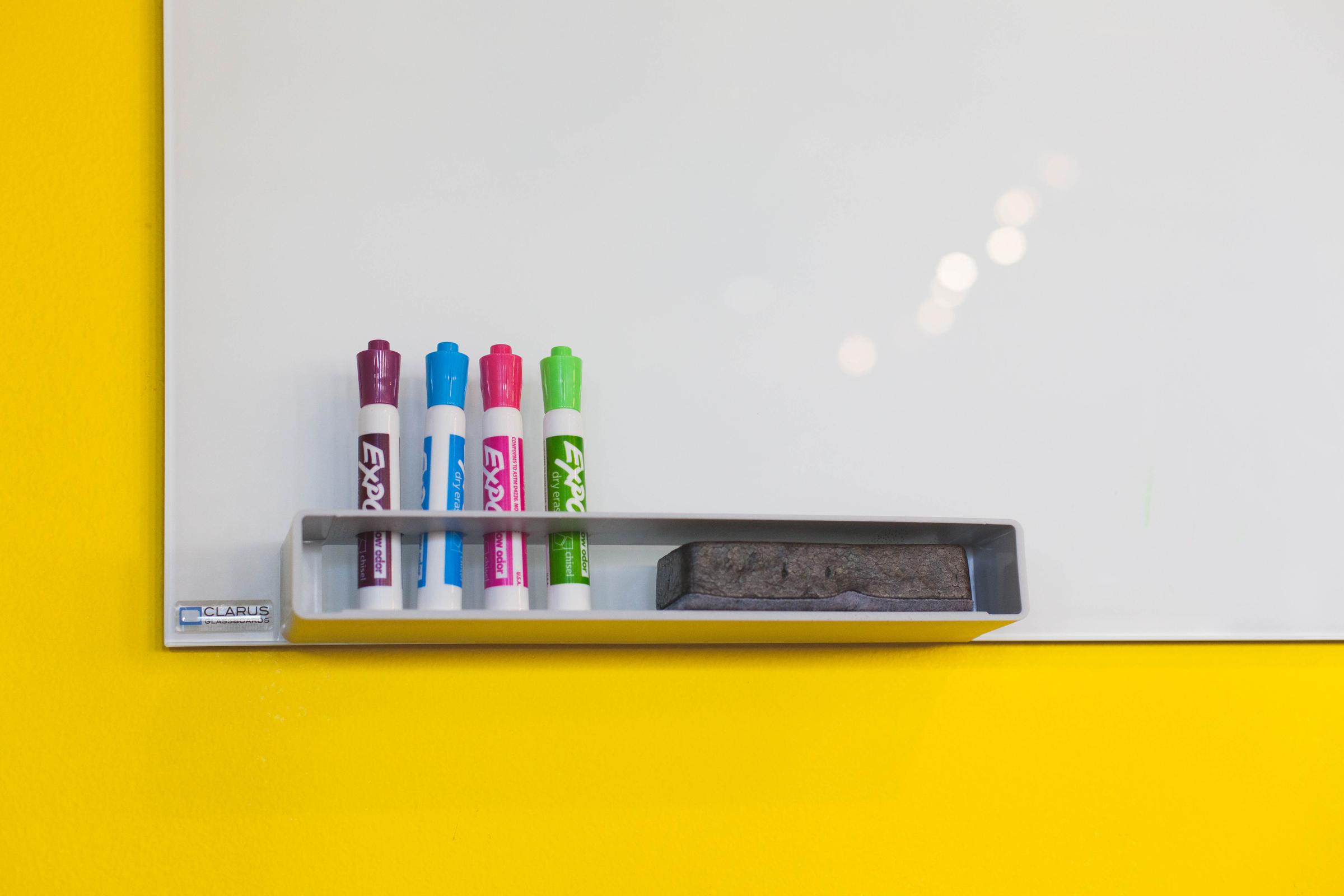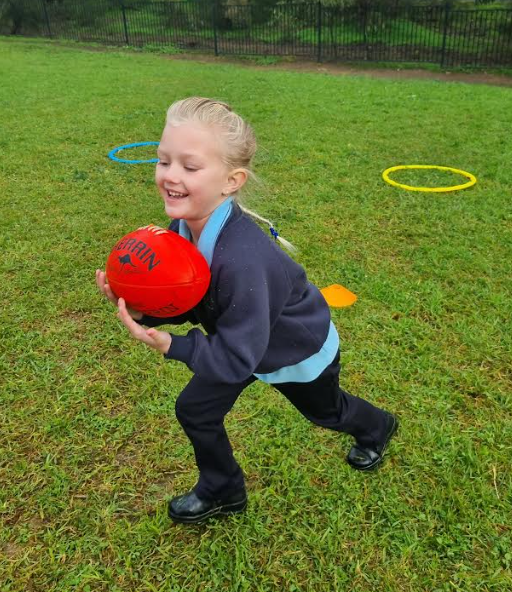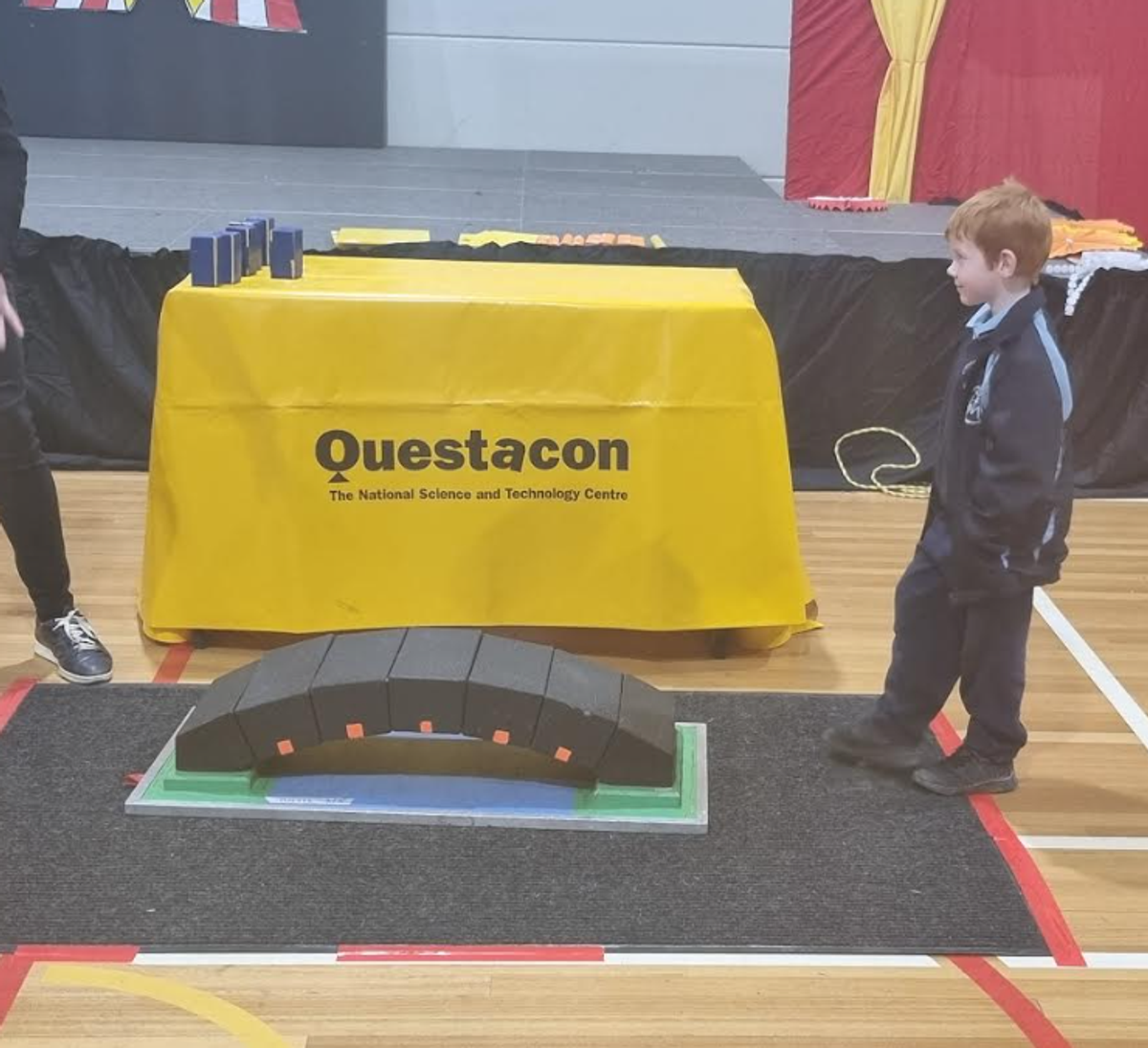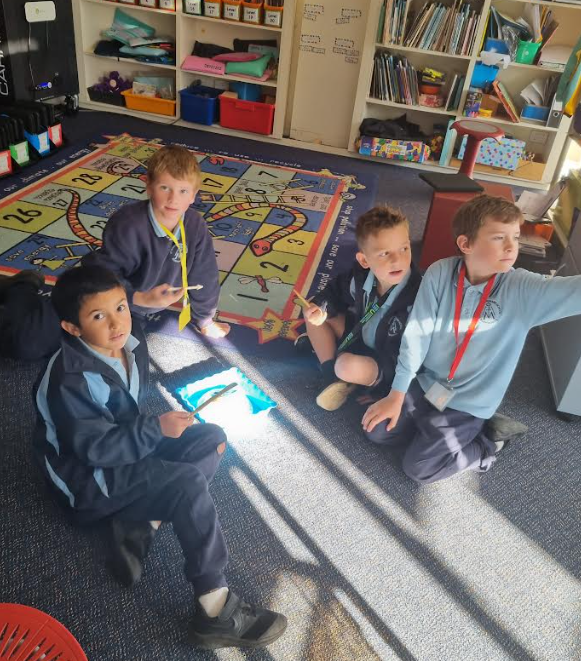Classroom News

F/1 News
The F/1 students have had an amazing term. They have worked very hard in all areas of the curriculum.
In Maths this term, we have looked at addition and subtraction, location and movement, shape, and chance and data. The students have been developing their skills relating to all of these concepts.
In Writing the students have loved making their three little pigs fractured fairy tales. There has also been lots of excitement around our Mystery Egg. We have been investigating our Mystery Egg for two weeks. The students have made observations and predictions about what they thought was in the egg and are now working on how we can look after the dragon that came out of the egg.
Production has been our Cross Curriculum theme for this term. The students have worked hard learning about rhythm, movement, dance, acting and music. They have developed confidence in their ability to follow and learn choreographed dances. The production on Thursday will be a great showcase of their achievements.
Incursions
We have had a variety of incursions at our school. We were lucky enough to have an Auskick AFL session, where the students practised their kicking, catching, bouncing and agility. We have also had Questacon Science Circus visit. During Questacon, the students learnt about different areas of science, such as chemical science and structures.
“Learning through play and investigation”
The students have been working well in the new set up of Walker Learning investigations in the F-3 classes. The students have been using these investigation stations to learn and develop a variety of concepts. Below are some observations of student learning.
Indi and the cube
Indi was investigating the tangram shapes. Indi told Mrs Parry that she wanted to make a cube. Indi used six squares and tried to balance them on each other. They kept falling down and would not stay up. Indi asked for Mrs Parry’s help to hold the walls steady as she put on the top. Even with the extra set of hands, it would fall apart each time they let go.
Mrs Parry suggested that there needs to be something in the middle to stop it from falling. Indi started to stack the other squares of the same size on top of each other to try and build it up as high as one wall.
When Indi ran out of squares the same size, Mrs Parry asked her what she could use instead. Indi recognised that two of the rectangles or four of the smaller squares made a big square. She then kept making her layers with those shapes.
As those shapes dwindled, Mrs Parry proposed the same question. Indi was not as sure this time, so Mrs Parry supported her to look at the triangles and how they could be used to make squares. Indi continued making her layers now using triangles as well. As she made her layers, she kept checking the side against it to make sure it was tall enough. When her centre was tall enough, she added her sides and top.
Through this learning experience, Indi learnt about shapes and how adding shapes together can make new shapes. She also learnt about comparing heights and resilience.
Thomas, Archie, Bodhi and Mason and the great ice investigation
As focus student, Thomas had indicated that he wanted to investigate the ice station and try to free all of the sea animals. When investigations started, Thomas started off by stabbing at the ice with the tools to try and break it. As Thomas kept trying to break the ice, Archie joined him to help. Together they stabbed at the ice.
Thomas identified that last time they were able to get the creatures out, the heater was on, but it was not on today. Thomas asked if the heater could go on and then he and Archie held the ice under the heater for a bit to soften it, before going back to stabbing it with tools.
Mrs Parry proposed that they try scrapping the tools along the ice as fast as they could to create heat. She had them stop and rub their hands together and feel how it made their hands warm. Together they named the reaction as being caused by friction. Thomas and Archie tried scraping the tools along the ice. They also tried rubbing their hands together and then putting their hands on the ice to melt it.
When Bodhi came along, they explained what they were doing and also showed him that when they rubbed their hands together, it made heat. They then became a team of three working together to melt the ice, using the strategies that they had developed so far.
Shortly after, the boys decided to try sunlight. They carried the container to a sun patch on the floor and waited to see if it would melt. Mason joined the group to see what they were doing. They discussed the different types of heat that they had used to try and melt the ice.
In the end the four boys decided that heat was not enough and that maybe they needed new tools. They left the ice on a sunny table and together they went to the collage area in the 2/3 classroom and they made tools. They had made hammers out of rocks and popsicle sticks, and other scraping and poking tools.
They tried their new tools on the ice and started to make progress. Each time that too much water pooled at the bottom of the container, they tipped the excess water into another container.
Unfortunately, the boys ran out of time to finish getting the animals out of the ice, but they showed great thinking skills in their endeavour.
Through this learning experience, the boys investigated heat sources, how ice changes, properties of tools and resilience.



